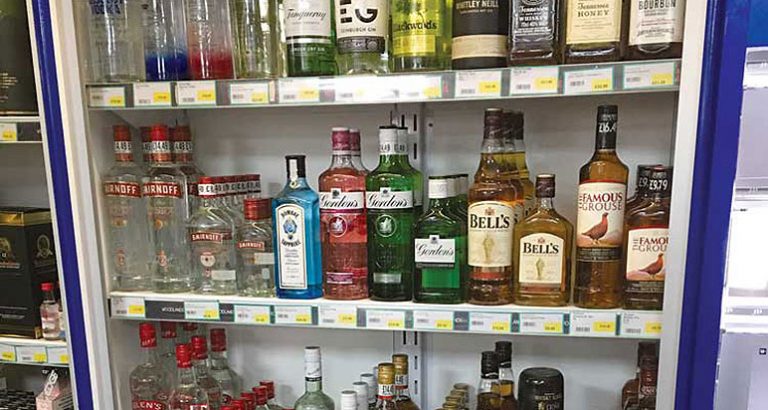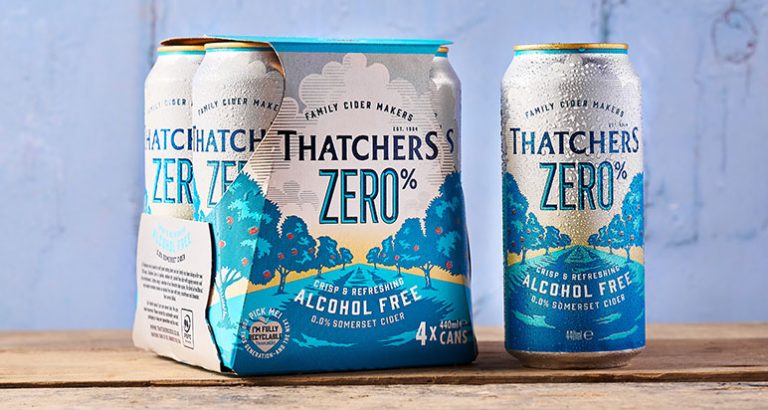New proposals last month from Alcohol Focus Scotland on the restriction of the display of alcohol could have enormous practical implications for local retailers.
By Stephen McGowan
Alcohol Focus Scotland (AFS) launched a new paper on 28 June 2022 called ‘Realising our Rights’. AFS argue that the presence of alcohol advertising such as posters in bus shelters, as well as the actual display of alcohol on shelves in shops, is triggering to persons with harmful consumption patterns or in recovery, and such persons have the right not to see it. They do, in fact, want alcohol removed from all public spaces.
In relation to shops and convenience stores, they have proposed the well-versed “shop within a shop” concept where alcohol is only allowed in a separate, restricted area with a set of premises. This is something they have argued for since before the Licensing (Scotland) Act 2005 came into force in 2009. This article is an exploration of the licensing challenges of introducing the “shop within a shop” system.
According to the Scottish Government Liquor Licensing Statistics which were issued in March 2022, there are 5053 “pure” off sale licences in Scotland, meaning licences which only allow off-sales. This includes supermarkets, shops, convenience stores, as well as specialist off sales retailers. The actual number of premises which may offer off-sales is much higher because many on-sales licences also have an off-sale facility, and those are not caught within the 5053.
AFS recommend as follows: “…limiting the display and promotion of alcoholic drinks in mixed retail environments to a designated area separated from the rest of the store by an appropriate physical barrier; concealing alcohol products located behind checkout points in a similar way to that with tobacco; and ensuring that alcohol display areas are not visible from outside the shop.”
The proposed changes on restrictions on alcohol advertising and displays will impact premises across Scotland with off-sale licences in a number of ways. The proposal would mean premises with an off-sale licence would need to consider a change to their physical layout in order to move the alcohol into an area which is restricted, or to reconfigure the layout of the shop so that the restriction is given effect. There are significant practical implications for this, but in licensing terms what it would mean is the licence holder needing to lodge a variation application to update the layout of their premises.
In some cases, this might require the retailer to downsize. It might also mean them seeking a larger display due to the specific layouts of their individual premises. Submitting a variation application to the licensing board is not a tick box exercise. The retailer would have to instruct an architect to draw a new licensing layout plan showing the proposed new layout. Let us assume the layout change keeps the same or less amount of alcohol on display in the new restricted space. This would mean approximately 5000 applications being submitted by a deadline. The cost implications to achieve this for those businesses is significant.
In addition, the restrictions would have an impact on licensing authorities in terms of resource, as well as all the other licensing applications which have to be dealt with by those teams (whether alcohol or other licences). Glasgow and Edinburgh would be looking at around 500 applications each; Aberdeen perhaps 200, and South Lanarkshire around 250. These numbers only capture shops and supermarkets – I have not factored in premises such as bars which have a separate off-sale alcohol display. A minor variation for layout change would also typically be assessed by a building standards officer to (a) make sure the plan is correct and the measurements add up and (b) confirm that it is a minor variation and not a major variation.
Some of these applications might have to proceed as major variations in any event – where there is even a tiny increase in display. Such applications can take many months, require a hearing and full public consultation, and are far more expensive. The “shop within a shop” proposal has significant licensing consequences. No doubt the Scottish Government will reflect on these.
- Stephen McGowan, is a Partner and Head of Licensing (Scotland) at law firm TLT.






